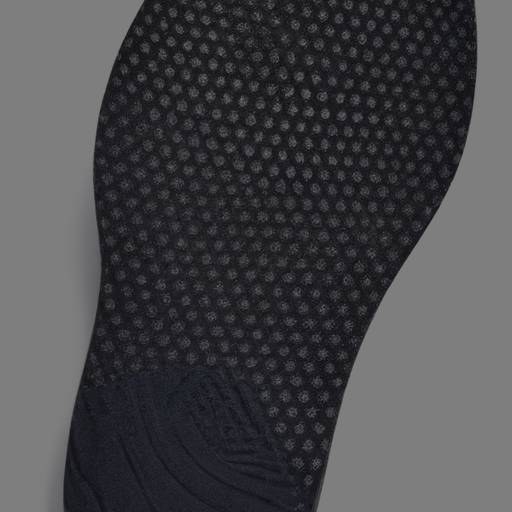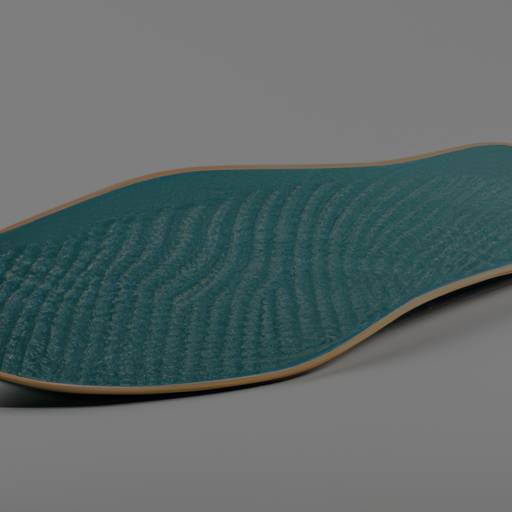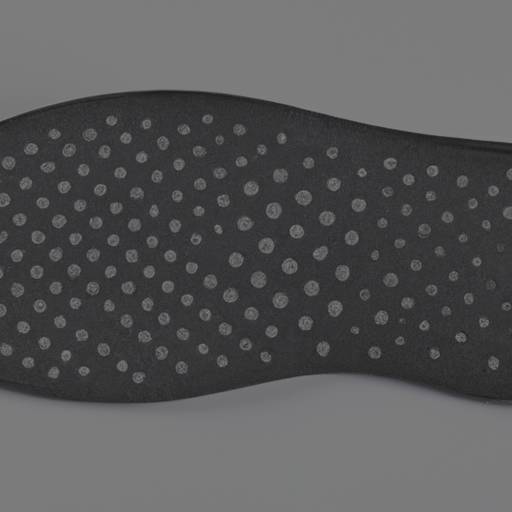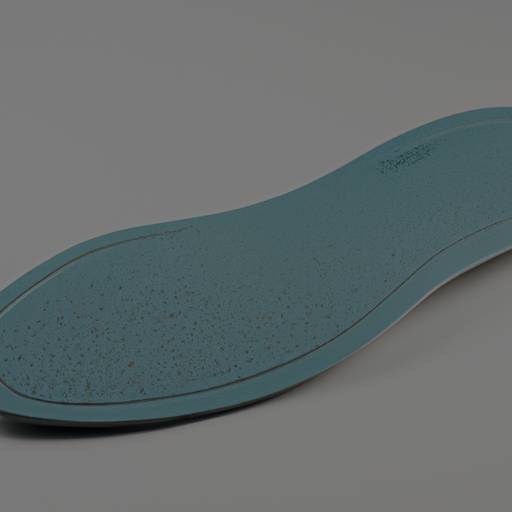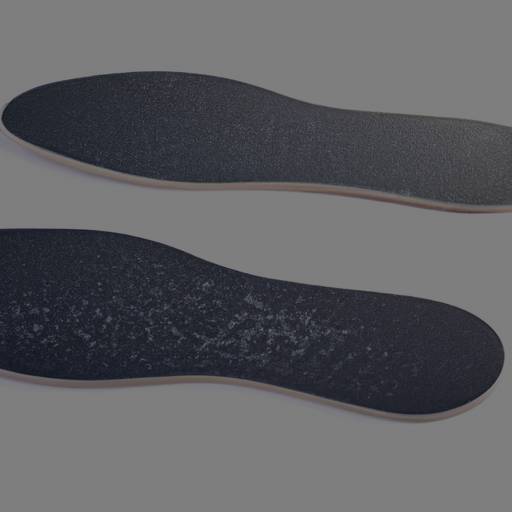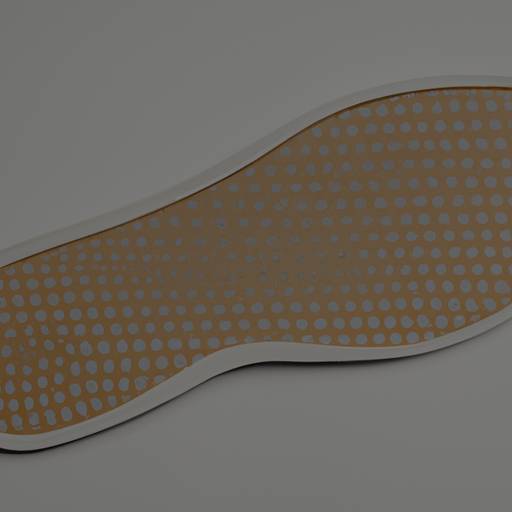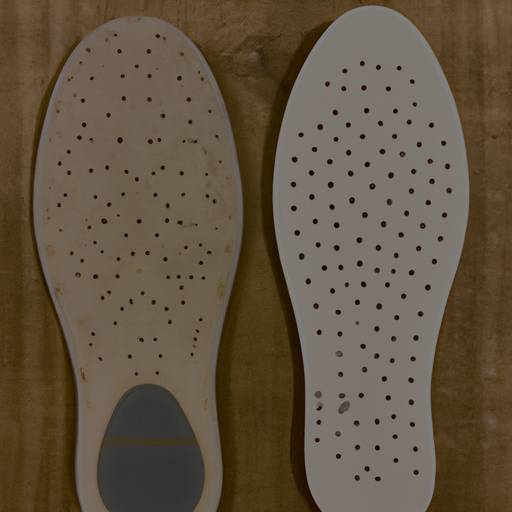Top Insole Brands for Better Arch Support: A Comfortable Solution
The Importance of Arch Support
Proper arch support is an essential factor in maintaining foot health and overall comfort. Understanding the role of arch support and the benefits it provides can help individuals make informed decisions about their footwear and foot care routine.
Understanding the Role of Arch Support
The arches of the feet are the curved structures that span the length of the foot, providing stability and support. They play a crucial role in distributing body weight evenly across the feet and absorbing shock during movement. However, some individuals may have low arches (flat feet) or high arches, which can lead to imbalances and discomfort.
Arch support refers to the use of devices, such as insoles or orthotics, that help maintain the natural alignment of the foot and provide additional support to the arches. These supportive structures help distribute pressure evenly, reduce strain on the feet, and promote proper foot mechanics.
Benefits of Proper Arch Support
The use of proper arch support can bring numerous benefits to individuals:
- Pain Relief: Arch support can alleviate pain and discomfort associated with conditions such as plantar fasciitis, arch strain, and flat feet. By providing the necessary support, it helps reduce stress on the arches and related structures.
- Improved Foot Function: Arch support promotes proper foot alignment and biomechanics, allowing for more efficient movement. It can help correct overpronation (excessive inward rolling of the foot) or supination (outward rolling), leading to improved gait and reduced strain on the feet and lower limbs.
- Enhanced Stability: By supporting the arches, arch support helps stabilize the feet and ankles. This can be particularly beneficial during activities that involve quick changes in direction or require a high degree of balance.
- Reduced Fatigue: Proper arch support can help reduce foot fatigue by providing the necessary cushioning and support. This allows individuals to stay on their feet for longer periods without experiencing excessive discomfort.
- Injury Prevention: Arch support can help prevent various foot and lower limb injuries by reducing stress on the arches, tendons, and ligaments. It can provide shock absorption, reducing the impact forces that can contribute to injuries.
By recognizing the importance of arch support and its benefits, individuals can take proactive steps to prioritize their foot health and overall well-being.
When it comes to choosing the right insoles for arch support, there are various factors to consider. In the next section, we will explore these factors and the different types of insoles available to cater to individual needs.
Choosing the Right Insoles
When it comes to finding the perfect insoles for arch support, there are several factors to consider. Each individual’s feet and arches are unique, so it’s important to select insoles that cater to your specific needs. Here are some factors to take into account when selecting insoles:
Factors to Consider When Selecting Insoles
- Arch Type: Understanding your arch type is crucial in choosing the right insoles. There are three main types of arches: low arches (flat feet), neutral arches, and high arches. Different insoles are designed to provide support and alleviate discomfort based on these arch types. If you’re uncertain about your arch type, a podiatrist or foot specialist can help you determine it.
- Foot Condition: Consider any existing foot conditions or issues you may have, such as plantar fasciitis, overpronation, or supination. Insoles designed for specific conditions can provide targeted support and help alleviate related discomfort.
- Material: Insoles come in various materials, including memory foam, gel, and foam. Each material has its own benefits and level of cushioning. Memory foam insoles, for example, conform to the shape of your foot, providing personalized support. Gel insoles offer enhanced shock absorption. Foam insoles provide cushioning and support, making them a popular choice for daily wear.
- Size and Fit: Ensure that the insoles you choose fit properly in your shoes. Insoles that are too small or too large can cause discomfort and may not provide the necessary support. Some insoles are available in specific shoe sizes, while others can be trimmed to fit your shoes perfectly.
Different Types of Insoles for Arch Support
- Arch Support Insoles: These insoles are specifically designed to provide targeted support to the arches of your feet. They help distribute weight evenly, reduce pressure, and enhance overall foot alignment. Arch support insoles are available in various arch heights, catering to different arch types.
- Orthotic Insoles: Orthotic insoles are custom-made or prefabricated insoles that are designed to address specific foot conditions or abnormalities. They provide personalized support and alignment, helping to correct issues such as overpronation or supination. Orthotic insoles can be recommended by a podiatrist or foot specialist.
- Memory Foam Insoles: Memory foam insoles are known for their ability to conform to the shape of your foot, providing personalized support and cushioning. They offer excellent shock absorption and pressure relief, making them a popular choice for individuals seeking comfort and arch support.
- Gel Insoles: Gel insoles are made from a soft gel material that offers superior shock absorption and cushioning. They provide excellent support and comfort, particularly for individuals with high-impact activities or those seeking additional foot and arch support.
Remember, finding the right insoles for your arch support needs may require some trial and error. It’s important to give your feet time to adjust to the new insoles, and if you experience any discomfort or pain, consult a podiatrist or foot specialist. By considering factors such as arch type, foot condition, material, size, and fit, you can select the insoles that provide the optimal support and comfort for your feet.
Top Insole Brands for Arch Support
When it comes to finding the right insoles for arch support, there are several reputable brands that cater to this specific need. Here are three top insole brands known for their dedication to providing comfortable arch support:
Brand 1: Features and Benefits
Brand 1 is a well-established name in the insole industry, known for their commitment to quality and comfort. Their insoles are specially designed to provide excellent arch support, helping to alleviate discomfort and promote proper foot alignment. These insoles are crafted using high-quality materials that offer durability and long-lasting support. They also incorporate advanced cushioning technology, which absorbs shock and reduces pressure on the arches, providing a more comfortable walking experience.
Brand 2: Features and Benefits
Brand 2 is renowned for their innovative approach to insole design. Their arch support insoles are crafted with precision to ensure optimal support and stability. These insoles feature a combination of materials that provide targeted support to the arches while offering cushioning for a comfortable fit. They are designed to distribute weight evenly across the foot, reducing stress on the arches and helping to alleviate pain and discomfort. Additionally, these insoles are often made with breathable materials to enhance airflow and maintain a cool and dry environment for the feet.
Brand 3: Features and Benefits
Brand 3 is a trusted name when it comes to arch support insoles. Their insoles are engineered with a focus on anatomical design, contouring to the natural shape of the foot to provide customized arch support. These insoles often feature a combination of firm support and cushioning, striking a balance between stability and comfort. The materials used in their construction are chosen for their durability and ability to provide long-lasting arch support. Brand 3’s insoles are also known for their moisture-wicking properties, helping to keep feet dry and reduce the risk of odor.
Keep in mind that these are just a few examples of insole brands that prioritize arch support. It’s important to explore different brands and models, as everyone’s feet and arches are unique. Consider factors such as cushioning, material, and arch height when selecting the best insoles for your needs. For more information on choosing the right insoles, refer to our article on how to pick insoles.
Caring for Your Insoles
Once you’ve found the perfect pair of insoles to provide the arch support your feet need, it’s essential to take proper care of them to ensure their longevity and effectiveness. Here are some cleaning and maintenance tips to keep your insoles in top condition and maximize their benefits:
Cleaning and Maintenance Tips
- Regularly remove and clean: Remove your insoles from your shoes regularly to clean them. Gently wipe them with a damp cloth or sponge using mild soap or a gentle detergent. Avoid soaking them or using harsh chemicals, as this can damage the materials.
- Air dry: After cleaning, allow your insoles to air dry completely before placing them back in your shoes. Avoid exposing them to direct heat sources, such as radiators or direct sunlight, as this can cause warping or shrinkage.
- Odor control: Insoles can develop odors over time. To combat unpleasant smells, sprinkle baking soda or an odor-neutralizing powder on your insoles and let them sit overnight. Shake off the powder before using them again.
- Rotation: Consider having multiple pairs of insoles to rotate between. This allows each pair to fully dry and recover their shape between uses, prolonging their lifespan.
- Avoid excessive moisture: Moisture can lead to the growth of bacteria and fungi. If your insoles become damp, remove them from your shoes and allow them to dry before reinserting them.
When to Replace Your Insoles
While properly cared for insoles can last for a significant period, it’s important to know when it’s time to replace them. Here are some signs that indicate it may be time to invest in new insoles:
- Visible wear and tear: Inspect your insoles regularly for signs of wear and tear, such as cracks, fraying, or thinning. If they appear damaged, it’s a good indication that they need to be replaced.
- Loss of support: As insoles age, they may lose their cushioning and support. If you notice a decline in comfort or a decrease in the amount of support your insoles provide, it’s time to consider replacing them.
- Persistent odors: Despite regular cleaning and odor control measures, if your insoles continue to emit strong, unpleasant odors, it may be a sign of bacterial or fungal growth. Replacing the insoles can help maintain foot hygiene.
- Changes in foot condition: If you experience new or worsening foot pain, discomfort, or other foot-related issues while wearing your insoles, it may be worth consulting a healthcare professional to determine if new insoles or adjustments are needed.
Remember, the lifespan of insoles can vary depending on factors such as frequency of use, foot conditions, and the quality of materials. By following proper cleaning and maintenance practices and knowing when to replace them, you can ensure that your insoles continue to provide the necessary arch support and comfort for your feet.

